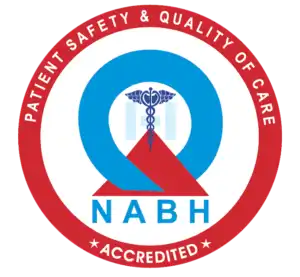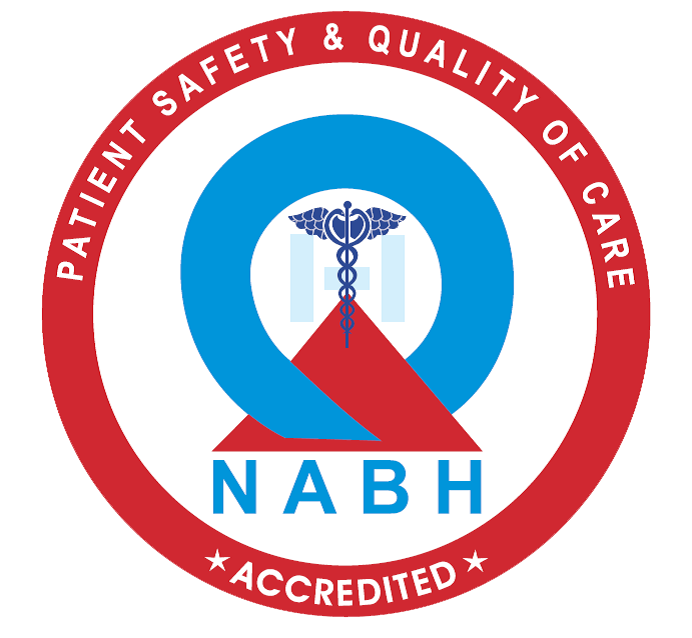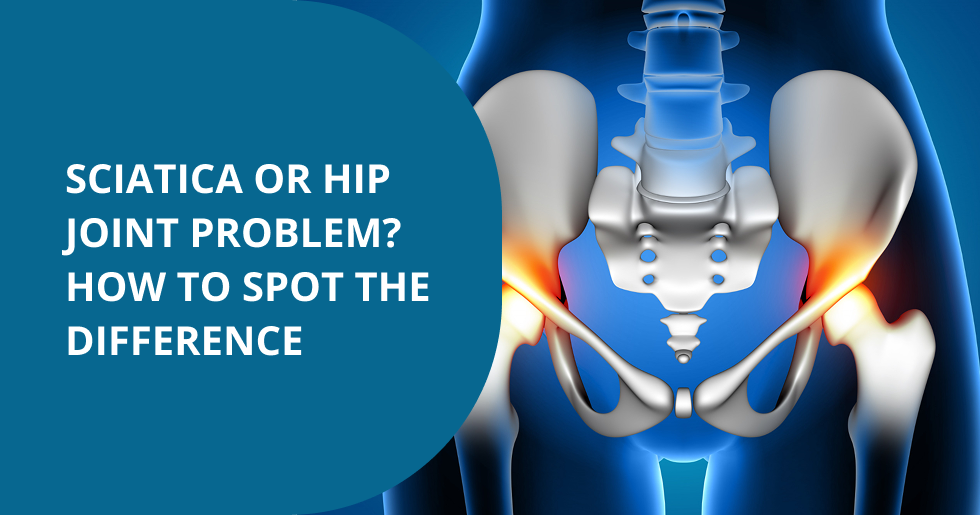When it comes to leg and hip pain, the culprit could be either the sciatic nerve or the hip joint. Getting it wrong may delay relief, so let’s break it down clearly, no need to guess. Here’s how to tell the difference between sciatica and hip pain and treat it properly to feel much better.
What Causes Sciatica and Hip Joint Pain?
Sciatica occurs as and when the sciatic nerve is compressed, often by a herniated disc, spinal stenosis or piriformis syndrome, causing pain in the lower back and the back of the leg.
Hip joint pain, on the other hand, stems from issues within the joint itself, like osteoarthritis, bursitis or tendon injuries, usually limited to the groin, thigh and area around the outer hip.
Anatomy Breakdown: Sciatic Nerve vs Hip Joint
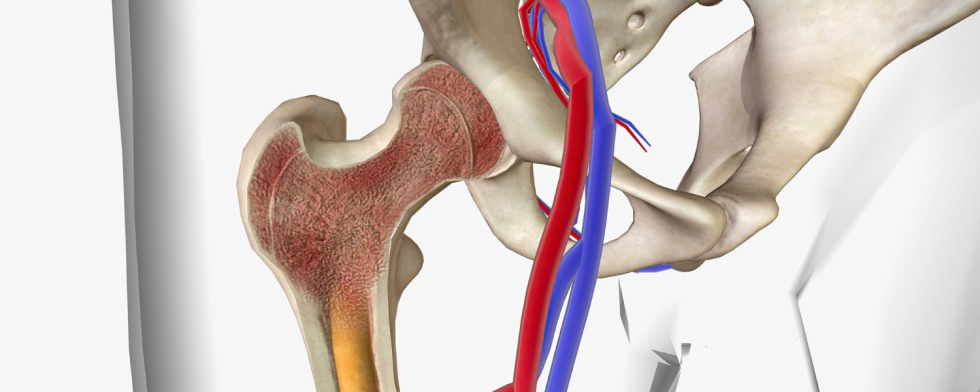
Ever wondered what is really causing that stubborn leg or hip pain? Understanding and identifying the anatomy of the hip joint and sciatic nerve can unlock the answers your body is trying to tell you for effective pain management.
- Sciatic nerve: A large nerve that travels from the lower spine, through the buttocks, down the leg and all the way to the feet.
- Hip joint: A ball-and-socket joint where the femur meets the pelvis, surrounded by muscles, ligaments and bursae.
Key Symptoms of Sciatica You Should Recognise

Not all leg pain is sciatica. Spotting the key symptoms early can help you treat them before they worsen. The classic signs of sciatic pain include –
- Sharp, shooting or electric pain down one leg and sometimes reaching the foot.
- Tingling, numbness, needling or burning sensations in the leg or toes.
- Symptoms worsen when sneezing, coughing, lifting or bending forward.
How Pain Location Reveals the True Cause?
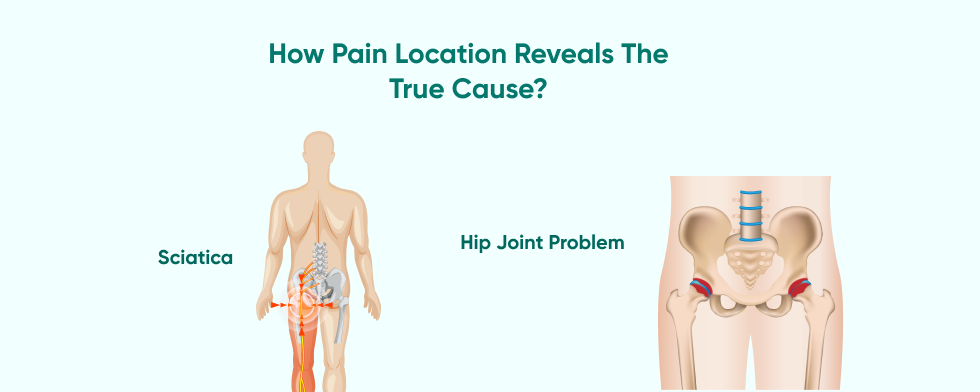
Is it your hip or your lower back pain? The exact spot where pain strikes could reveal more than you think. Discover how where you feel pain can reveal what’s actually causing it.
- Sciatica: Pain originates in the lower back or buttocks and then shoots down the back of the thigh, calf or foot, often accompanied by tingling or weakness.
- Hip joint problem: Pain is localised to the groin, front of the thigh or side of the hip. It worsens with movements, such as climbing stairs or walking and rarely extends below the knee.
Treatment Options Based on the Root Cause
Condition Effective Treatments
- Sciatica Physiotherapy (nerve glides, McKenzie exercises), heat/ice, anti-inflammatories, manual therapy, acupuncture, ergonomic adjustments.
- Hip Joint Pain Weight management, joint-specific exercises, physiotherapy, steroid injections, activity modification, orthotics.
Sciatica pain treatment focuses on easing nerve compression; hip pain treatment addresses joint inflammation and mobility. Knowing the correct source of pain ensures the right solution.
What to Do If You’re Unsure
- Assess pain location & triggers: Does it travel down the leg? Does coughing worsen it?
- Get a professional diagnosis: A qualified physiotherapist at Epione can perform specific tests and examine joint movement to identify the cause and offer effective treatment.
- Follow targeted treatment: Whether we’re treating nerve compression or joint dysfunction, Epione creates a personalised plan for maximum recovery and comfort.
Conclusion
Leg pain doesn’t always equal sciatic nerve issues, just as hip discomfort isn’t always joint-related. By understanding the anatomy, recognising symptom patterns and timely getting the right diagnosis, you can tackle the root cause effectively.
Suspect sciatic nerve pain or hip joint issues and tired of guessing? At Epione, we specialise in identifying sciatica vs hip pain and treating both cases under expert hands and guidance. With tailored assessments, physiotherapy, manual treatments and rehabilitation plans, we ensure you get the right care, for the right problem, every time.
Book a consultation at Epione to get clarity of your pain cause and its custom recovery plan. Your journey to pain-free living starts here.
